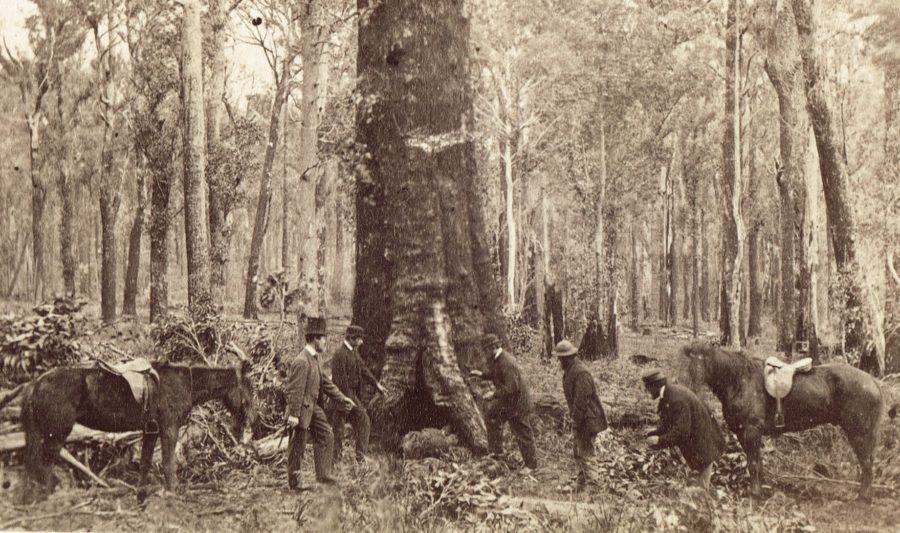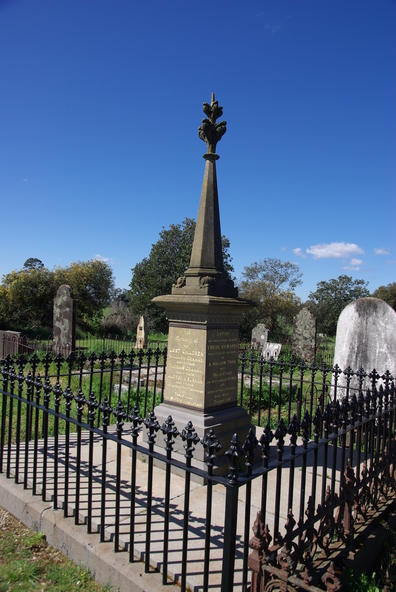The lost children of Daylesford

Perhaps the strangest memorial in Australia is the Three Lost Children Walk, located on the outskirts of Daylesford, a historic gold mining town 108km drive north-west of Melbourne, Victoria.
The 30km return walking trail follows the approximate route of three young boys who wandered from their homes in 1867 and perished in the bush.
The Graham brothers William, 6, and Thomas, 4, and their friend Alfred Burman, 5, went missing on Sunday 30 June. That morning, the three children left their homes in Connells Gully, Daylesford, crossing Wombat Creek in search of wild goats.
The boys didn’t return. Concerned, their fathers and a group of neighbours spent the afternoon searching the junction of Wombat, Stony and Sailors creeks for the missing children.
By evening, police had been notified and two constables dispatched. They combed Daylesford’s surrounding bushland until about 1am then resumed their search at dawn.
Two eyewitness accounts of the children began to circulate on Monday 1 July. Mr Mutch, a storekeeper at nearby Musk Vale, saw the boys on the afternoon of their disappearance and gave them directions back to Daylesford.
The children backtracked to Falls Hotel, Stony Creek, before taking a wrong turn and heading in the direction of Specimen Hill goldmine. Here they met an older boy named John Quinn, who reportedly tried to turn the children around but was ignored.
The parameters of the search increased as news of these sightings spread. More than a hundred horsemen gathered at Specimen Hill the following day, and by evening a public meeting was called.
“The town crier went through the principal streets, and at eight o’clock the fire bell was rung, immediately after which the large room in the hotel was crammed to suffocation, and more were standing outside than would have filled it again,” reported the Daylesford Mercury, in an article published 3 July.

With “utmost unanimity” it was agreed that businesses would close the next day, allowing everyone able to participate in the search. Eleven men were nominated and appointed as “captains” to lead the search, and telegraphs were dispatched summoning Aboriginal trackers.
The next morning, almost 700 people gathered in miserable, inclement weather to continue searching for the lost children.
“In every direction the people turned out with the most praiseworthy zeal, the great body of them assembling at the Specimen Hill works and spreading out in the direction in which the boys were thought to have gone,” reported the Daylesford Mercury. “The hundreds who joined in the search returned in groups, each bearing the sorrowful tidings that nothing had been seen or heard of the poor little fellows.”
The boys were not found, despite eight successive public meetings and 25 days of searching. Nine weeks passed.
On 13 September, a dog from nearby Musk trotted home with a boot in its mouth. A small foot was encased within the shoe. This morbid discovery prompted an organised search by Musk locals, of an area some 10km south-east of Daylesford.
A skull fragment, pieces of bones and a second boot were recovered, but it wasn’t until the following morning that the boys were found, at Musk Creek, Wombat Forest.
Thomas and Alfred lay sheltering in the hollow of a tree. The remains of William were located soon after. All three had died from exposure and malnourishment.
The lost child is a motif that carries unique currency in Australia, recurring in art, literature and culture.
The popularity of retracing the boys’ approximate journey in the Three Lost Children Walk shows how this story continues to resonate today.

